traditional culture
Latest content and event information
-
Cultural TourismSustainability
Encountering a Thousand Years of Kyoto - Itoko
Passing the thread of life to the future: Kyoto's activities connected by pure domestic silkA journey into a thousand years of culture
Kyoto, the ancient capital with a history spanning over a millennium, has continually transformed with the changing seasons, while quietly safeguarding the roots of its culture.
When travelers walk through Kyoto, what they encounter is not only its scenery or traditions. They also come into contact with the ways of life that people have woven over generations, and with the “time of culture” embedded even in the smallest grains of material.
In this special feature, "Encountering a Thousand-Year-Old Kyoto," we visit businesses that are working to "preserve invisible culture" and explore the essence of regenerative tourism - nurturing the future together with the local community.
This time we visited Itoko, a long-established manufacturer that has continued to focus on using pure domestic silk.
Located in Kyoto, where textile culture is deeply rooted, the company has pioneered a wide range of products, from white fabrics to interior décor, and is a living example of the "current state of silk culture" where nature and human activities are carefully linked.
experiencetraditional craftsKyoto sustainable tourismsustainabletraditional culture
-
This is a high-quality educational tour for adults that allows you to experience tea and sake, traditional Kyoto culture, with all five senses and appreciate the depth of Japanese culture. You can experience a tour that delves into the roots of tea and sake, which are derived from "water."
Savor Kyoto's Dual Heritage: An Exquisite Moments of Tea & Sake
09:40 Reception begins
09:50 Meet at Kyoto Station (KTIC Kyoto) == (Travel: JR) ==
10:30 Arrive at JR Uji Station (travel: on foot)
10:50 Byodoin Temple (visit) ... (travel: on foot) ...
12:00 Uji Tea Ceremony Dojo "Takumi no Yakata" (Tea brewing experience (with sweets)) ... (Travel: on foot) ...
12:50 Keihan Uji Station == (Train: Keihan Electric Railway) ==
13:20 Nakashojima Station... (Travel: Walking)...
13:30 Lunch (Japanese cuisine/restaurant in Fushimi Ward) ... (travel: on foot) ...
14:20 Tour of Fushimi Town, the town of sake (on foot)
15:30 Kintetsu Fushimi-Momoyama Station == (Train: Kintetsu Train) ==
16:00 Arrive at Kyoto Station and disband
Legend: = JR or private railway, ...: walking
SakeJapanese cultureMATCHAKyoto experienceKyoto sightseeingKyoto culturetraditional culture
-
In Japan’s ancient capital, local makers and businesses are finding new ways to protect the planet while keeping their culture alive
For over a thousand years, Kyoto has been a city where people think long-term. Many local businesses have inherited their craft and spirit through generations. Yet these companies are not just preserving tradition—they are creating new value for the future. They act as social enterprises, balancing respect for culture with care for the environment and community.
Today, visitors can join these businesses in hands-on experiences that show how sustainability can be part of daily life. In collaboration with BEYOND2025, one of Japan’s largest social conferences, and the JTB Kyoto Branch, these programs offer a fresh way to explore Kyoto through the lens of social impact and local creativity.
CulturalKyoto sustainable tourismKyoto sightseeingexperiencetraditional culture
-
It is located on a historical axis that connects the Uji Bridge, a symbol of Uji, the remains of the Taiko Embankment, and the grave of Prince Ujimichi Wakaro. At the historical sites, gardens, plazas, and Chazuna, the Tea and Uji Town Communication Center, where you can feel that history, you can see the flow of time in Uji through exhibits and videos, and through various experience programs such as tea picking and matcha making, we connect the town and its people, history and culture, and promote the charm of Uji, making sightseeing and walking around the town more enjoyable.
Quote: From the Chazuna website
Watch the video here:
TeaKyoto experienceUji teaMatchaKyoto sustainable tourismKyoto sightseeingtraditional culture
-
A city where the culture of geisha and maiko who provide heartfelt hospitality through their dancing and other traditional arts has been passed down for generations, and where Kyoto's traditional culture is carefully preserved."Glamorous district"Kyoto's entertainment district flourished as a major center of hospitality culture.
In the Kagai district, geisha and maiko have the spring and autumn performances as their one goal, but they also spend their days training in dance and other performing arts, as well as studying traditional culture such as the tea ceremony. The kimonos and other attire that complement them are supported by the skills of many artisans, including traditional craft artisans, hairdressers, and kimono dressers. In addition to events unique to the Kagai district, such as the opening ceremony, they also inherit seasonal customs and continue to cherish and protect Kyoto's traditional culture by participating in traditional Kyoto events such as the Jidai Matsuri.
Let's experience traditional culture at this valuable museum located in the entertainment district of Gion Kobu.
Hanamachi Art MuseumKyoto DanceKYOTOLink Kyotomaikogeishatraditional craftsLINK KYOTOKyoto tourism moralsKyoto sustainable tourismsustainablecarbon neutralKyoto sightseeingKyoto's Unique VenuesKyoto cultureEmpty-handed sightseeingEntertainment districttraditional culture
-
① Visit to the Silk Fabric Museum (time required: about 15 minutes)
The White Silk Fabric Museum is a museum specializing in white kimono fabrics. We exhibit about 50 types of white fabrics carefully selected from the 200 types and 3,000 patterns that Itoyuki has woven so far for post-dyeing (dyed kimono), where fabric is woven from raw silk and then dyed later. You can actually touch the white fabrics, which have various characteristics depending on the production area and type of thread, and see their texture and beautiful luster. We will introduce the process of making one bolt of white fabric, including cocoon production by domestic silkworm farmers and information on the amount of cocoons needed for a kimono.
② "Handloom" Experience (Time required: approx. 15 minutes)
Our in-house instructor will demonstrate the handloom weaving process and explain how the warp and weft threads work. Afterwards, you can enjoy the experience of weaving using a handloom.
3. Kinsai Yuzen Workshop (Time required: approx. 1 hour 30 minutes)
Enjoy the experience of dyeing pure silk fabric, a high-quality material used in kimonos, with the Yuzen technique and finishing with gold leaf. Our in-house instructors will provide careful instruction, so even beginners can participate with confidence. The completed work will be framed and handed to you, so you can take it home as a keepsake.

Link KyotoKyoto experiencetraditional craftsLINK KYOTOKyoto sustainable tourismsustainableKyoto sightseeingKyoto culturetraditional culture
-
A long-established inn founded in 1912"Sumiya Ryokan"
The calm, sukiya-style building stands out in Sanjo Fuyacho, the heart of Kyoto. From the guest rooms and teahouse, you can enjoy the beautiful changes of the seasons in the courtyard.At the matcha experience at Sumiya Ryokan, you will be taught how to make and drink matcha, and you can try making it yourself or drink the matcha you made with your family or friends.You can have a fun time.
Sumiya Ryokan is also famous as a tea ceremony inn with deep ties to the Urasenke school. There are five tea rooms in the building, the most famous of which is Gyokutoan. It was named by the 14th head of the Urasenke school, Tantansai, after his predecessor, who was born in the year of the rabbit.
This plan is,Private plans for groupsFor those who are not comfortable sitting upright, we also have chair seats available. Please take this opportunity to come to Sumiya Ryokan.
The official website of Sumiya Ryokan can be found here
Private experiencePrivate ExperienceSumiya RyokanMatcha ExperienceKYOTOKyoto experienceTea ceremonylong-established storeMatchatea roomLINK KYOTOhistoryexperienceKyoto's Unique VenuesgenuineKyoto culturetraditional culture
-
"Okazaki-an" is a Japanese-style mansion built by "Ueba Hide", a famous geisha in Kyoto, to live out the rest of her life with her husband "Shundo Koji", who was a producer at Toei, and their daughter "Takako".
It is a luxurious building with modern interior design and a Noh stage made entirely of cypress, which was rare at the time, and the windows offer a panoramic view of the torii gates of Heian Shrine and Mt. Daimonji.
This is a luxurious plan where you can enjoy a meal while watching a maiko perform on the Noh stage in this elegant setting.
Limited to one group per time slotSo, after your viewing, you can take commemorative photos, chat with the maiko, and have them all to yourself, which will surely be an unforgettable memory of your trip to Kyoto.
*This plan is a reservation by request. After you apply online, we will contact you by email after confirming with the operator whether or not the reservation can be made on the date you wish to make.
Japanese ResidenceOkazakianDance AppreciationOkazakiKYOTOLink KyotoKyoto experiencespecialmaikogeishaLINK KYOTOKyoto sightseeingKyoto's Unique VenuesgenuineKyoto culturetraditional culture
-
Tea creates a dialogue between people. When you want to have a conversation with someone, it is customary to ask them to go for tea, but tea encourages conversation between people and deepens bonds. We Japanese are aware of this.
Let us once again focus on tea and remember the richness of daily life based on dialogue, not conflict. In Japan, a room for gathering has long been called a "chanoma." People and families can converse in a space with tea, and we can remember the richness of the heart that comes from drinking tea and talking.
Through something as familiar as tea, we hope to provide an opportunity to think about the desire for peace within ourselves and about the nature of communication in modern times, where human relationships are becoming increasingly tenuous.
Fukujuen, a long-established tea shop in Kyoto that co-developed the well-known Suntory Iyemon, will explain the history and value of tea.Field trips for adultsKyoto experienceUji teatea roomLINK KYOTOhistorytraditional cultureSDGs
-
Furukawacho Shopping Street Life and food culture experience
An English-speaking guide will guide you through the experience.
<Experience content>
① Knife sharpening experience(Time required: 90 minutes)
In the Furukawacho shopping district, there is a knife sharpener who has been in the business for 26 years.
Only at Furukawacho Shopping Street can you experience the artisanal skill of knife sharpening.
Learning how to properly sharpen your knives will make cooking even more enjoyable.
*This is not a knife-making experience.
*Please note that you cannot take home the knives. You can purchase them at the workshop.<Experience content>
A 15-minute lecture from a craftsman about the types of knives
Lecture on blade types: 15 minutes
Lecture on how to sharpen knives 60 minutes②Obanzai making experience(Time required: 70 minutes)
Home cooking passed down from grandmother to mother and mother to daughter is called obanzai in Kyoto. Let's make the mother's obanzai recipe of "Kyogohan Nishimura" together using the ingredients purchased at the shopping street.<Experience content>
Nishimura-san will give a lecture on how to make it (10 minutes)
2 dishes 30 minutes
Tasting of the prepared dishes: 30 minutesLINK KYOTOShirakawaFurukawa TownChion-in TempleexperienceKyoto's Unique VenuesFood cultureKyoto cultureJapanese sakeKyoto cuisineJapanese foodtraditional culture


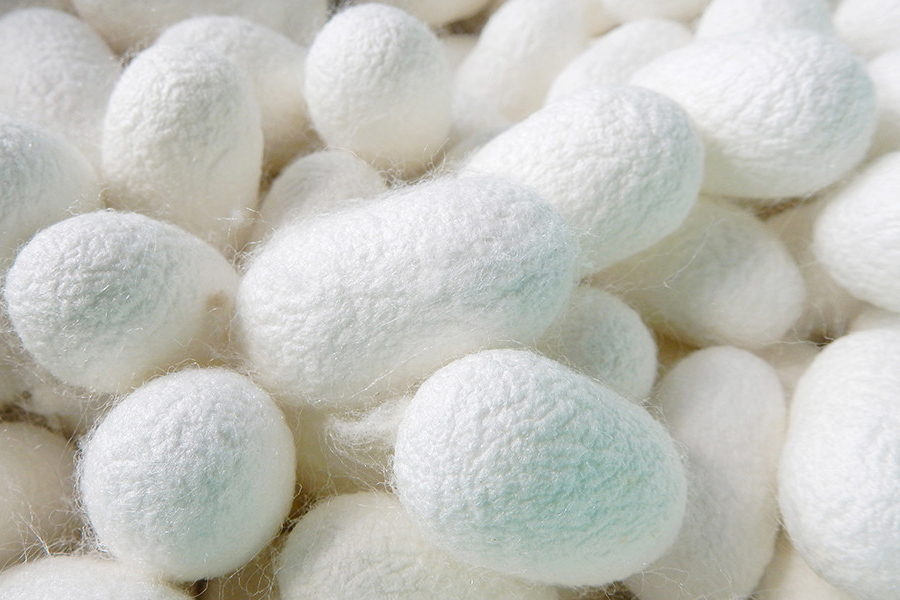
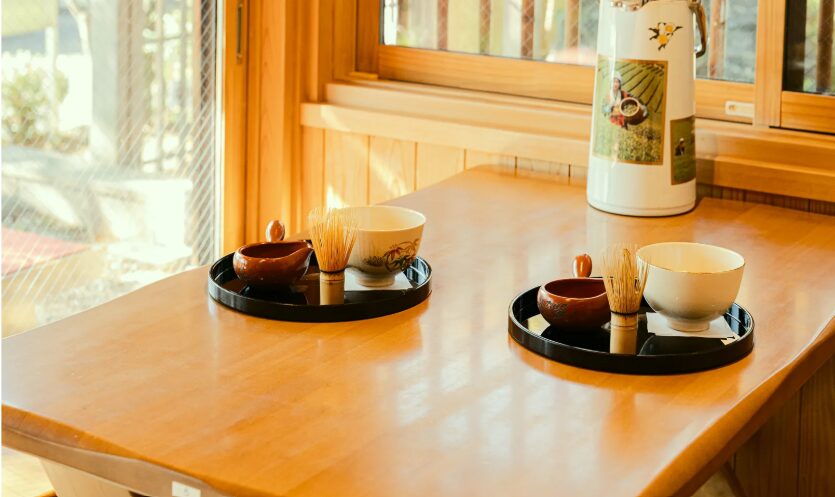
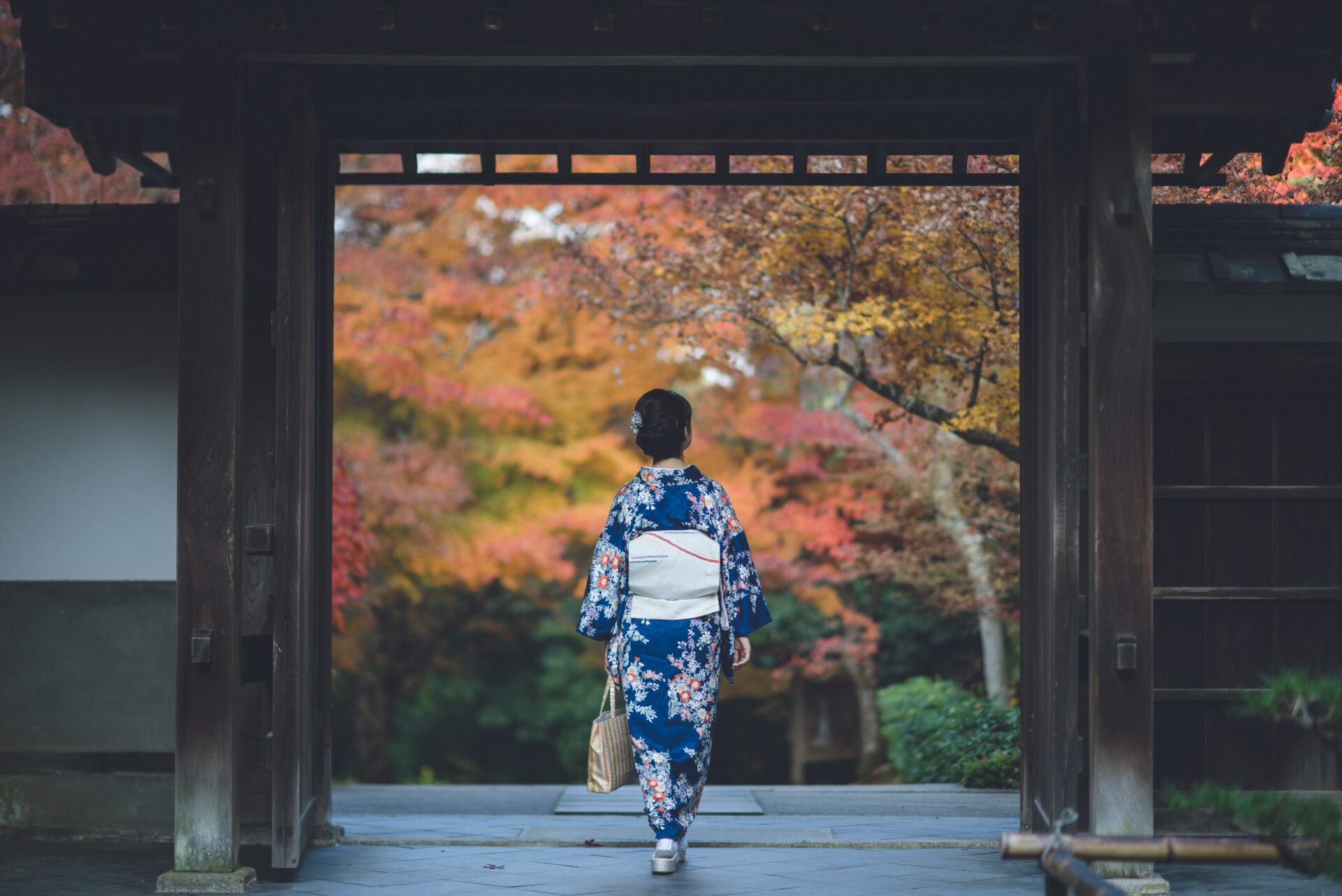
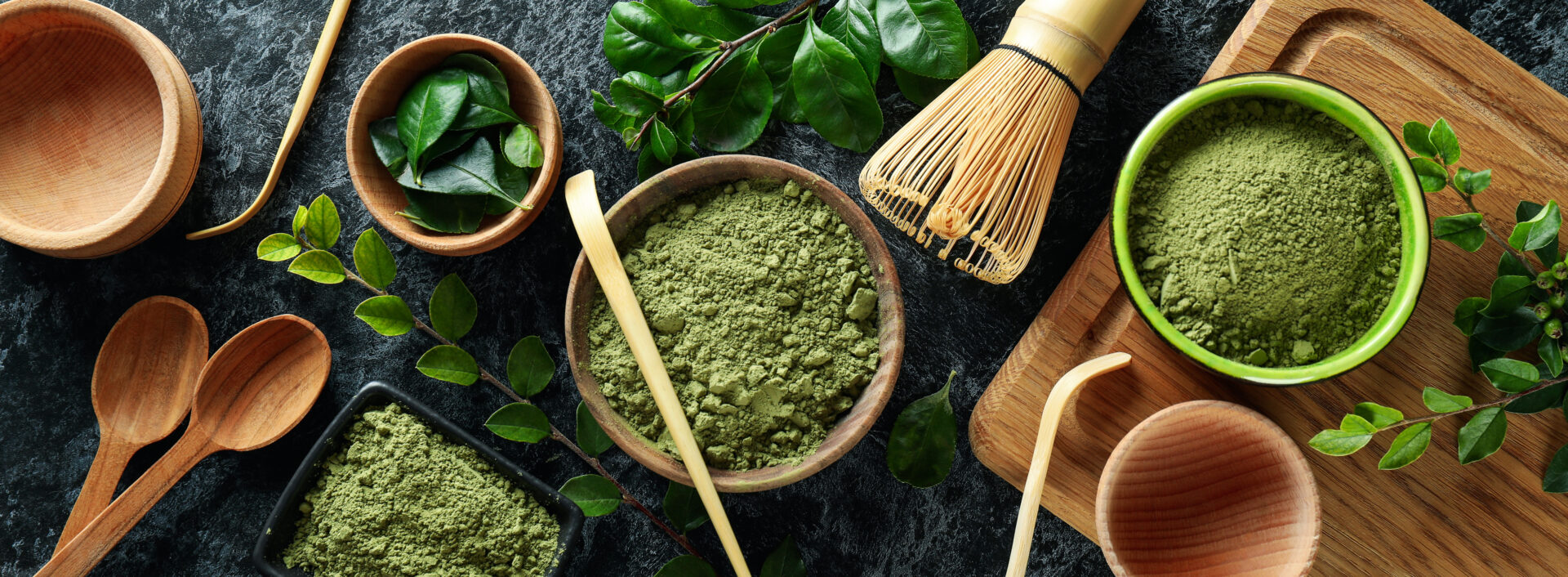
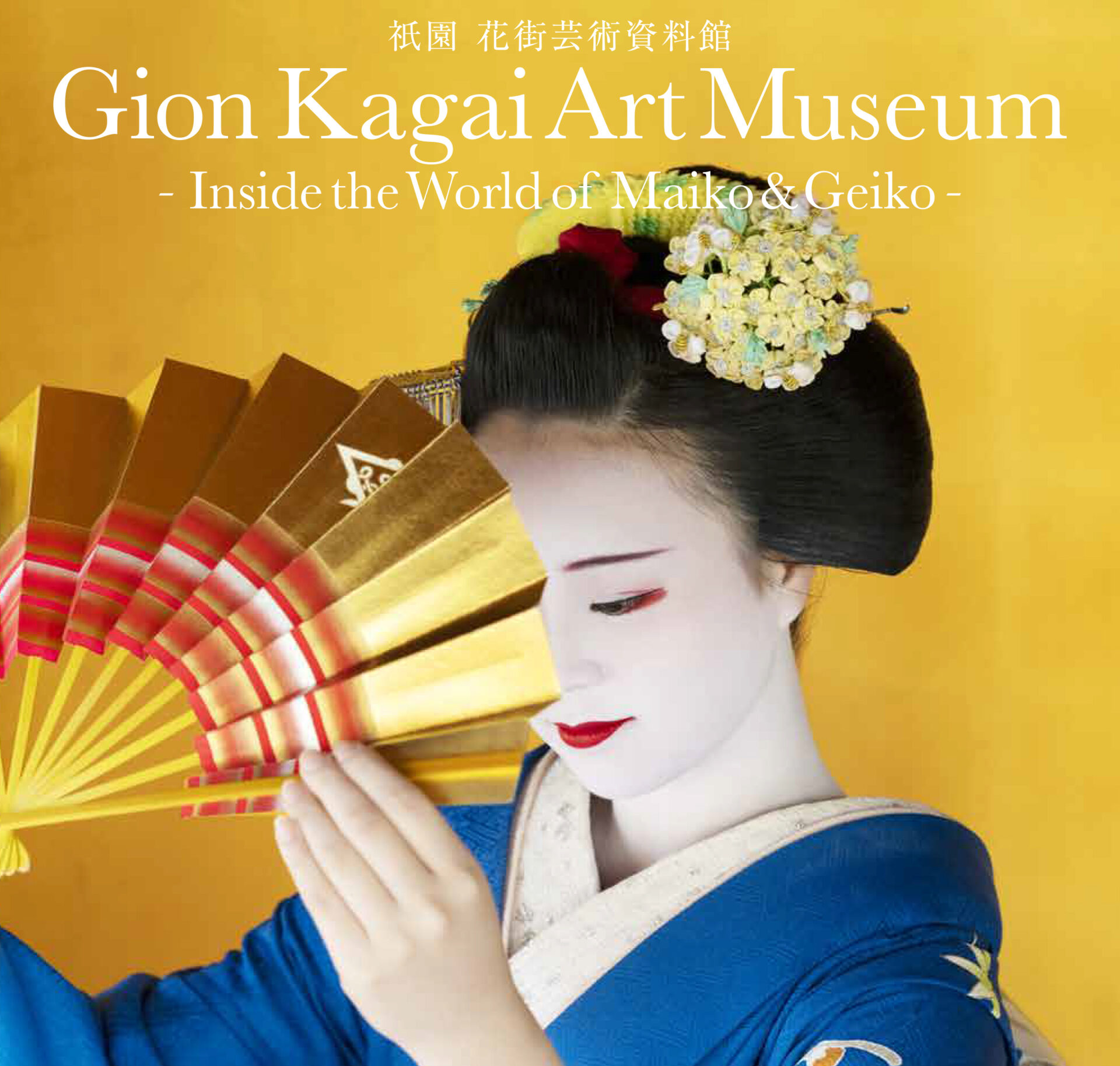

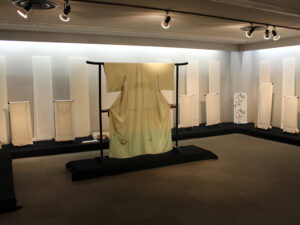
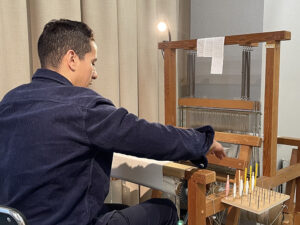

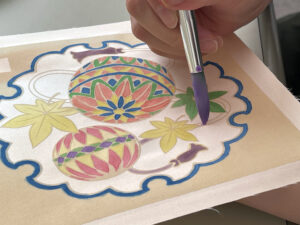
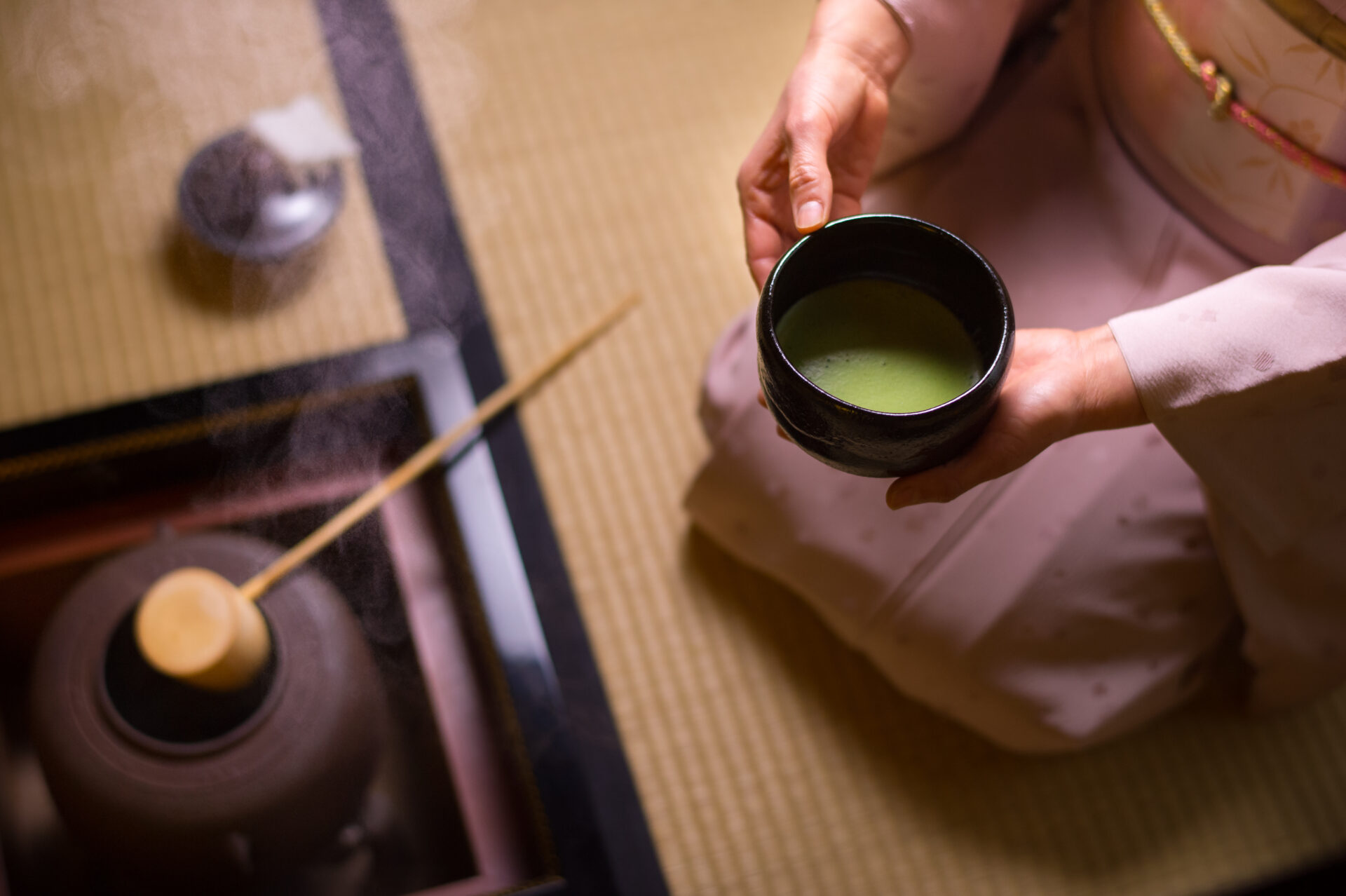
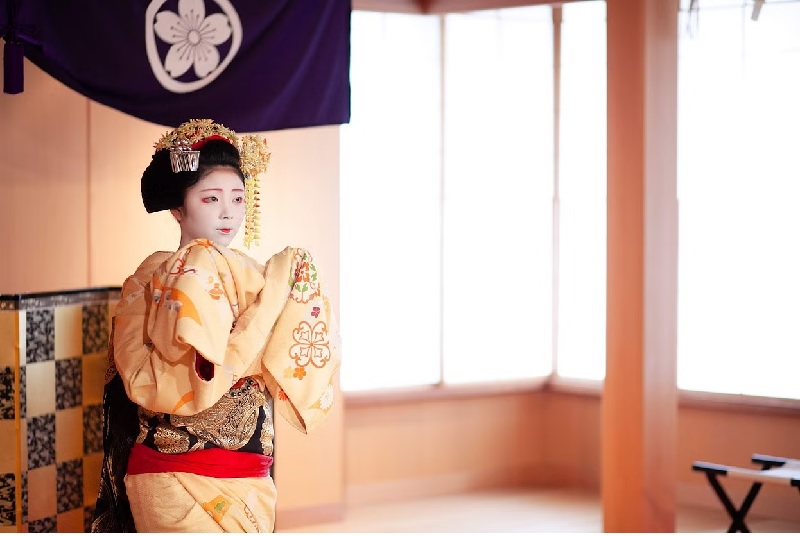

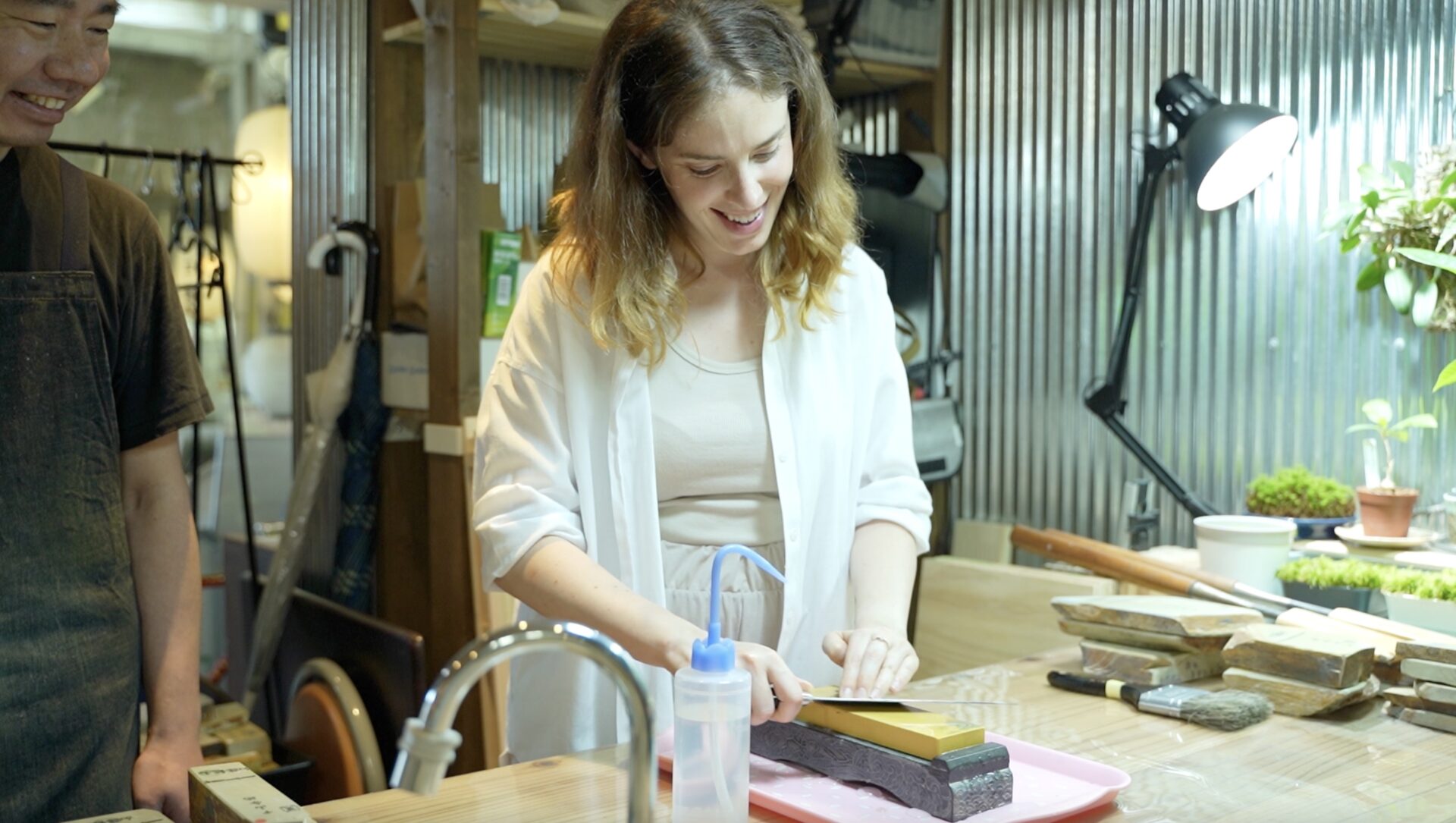
 Kyoto
experience
Kyoto
experience Contact us by phone
Contact us by phone Contact by email
Contact by email